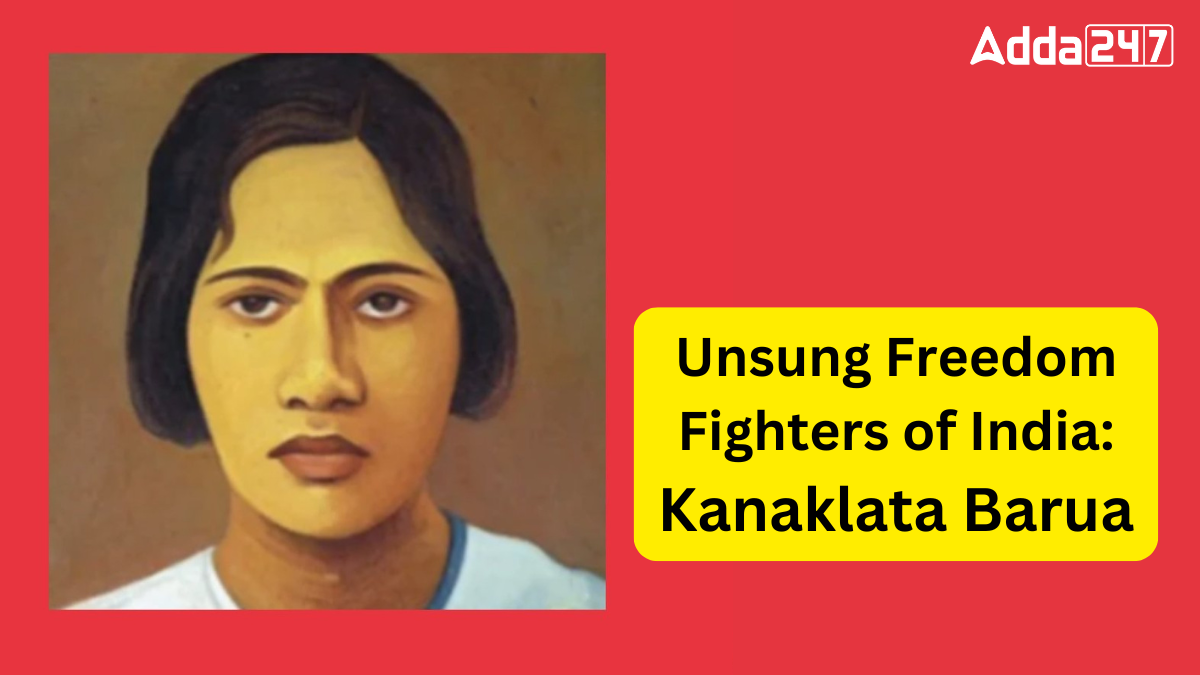India’s independence was achieved through the sacrifice of many brave hearts, including those whose names are not as widely known. One such courageous young woman was Kanaklata Barua, who gave her life for the nation’s freedom. Her story is one of determination, patriotism, and youthful bravery during the Quit India Movement.
Who was Kanaklata Barua?
Kanaklata Barua, often referred to as Birbala and Shaheed, was a prominent Indian independence activist. Born on December 22, 1924, in the undivided Darrang district of Assam, Barua made significant contributions to the Quit India Movement. Her bravery and ultimate sacrifice became symbols of the Indian struggle for independence.
Early Life of Kanaklata Barua
Kanaklata Barua was born in Borangabari village, Darrang district, Assam, to Krishna Kanta and Karneshwari Barua. Her family hailed from the Dolakasharia Barua kingdom of the Ahom state. After her mother’s death when she was five, and her father’s death at thirteen, Barua was forced to leave school after class three to support her younger siblings.
Role in India’s Independence
During the Quit India Movement of 1942, Barua joined the Mrityu Bahini, a group of youth committed to the cause of independence. On September 20, 1942, she led a procession carrying the nationalist flag towards the local police station in Gohpur. Despite warnings from the police, the procession continued. Barua was shot and killed by the police, along with Mukunda Kakoti, who also carried the flag. Barua was just 17 years old at the time of her death.
Legacy of Kanaklata Barua
Kanaklata Barua’s sacrifice is commemorated in various ways. The Indian Coast Guard vessel ICGS Kanak Lata Barua, commissioned in 1997, is named in her honor. A life-size statue of Barua was unveiled in Gauripur in 2011, and her powerful speech remains an enduring source of inspiration.
Barua’s story was depicted in the film “Epaah Phulil Epaah Xoril,” directed by Chandra Mudoi. The Hindi version, “Purab Ki Awaz,” was also released to reach a broader audience, highlighting her contributions and legacy in Indian cinema.




 Which Country is Known as the Land of Ch...
Which Country is Known as the Land of Ch...
 Which Bird is known as the King of Birds...
Which Bird is known as the King of Birds...
 Which City of Austria is Known as the Ci...
Which City of Austria is Known as the Ci...







